Gadget Check on Fascinating Tech From CES
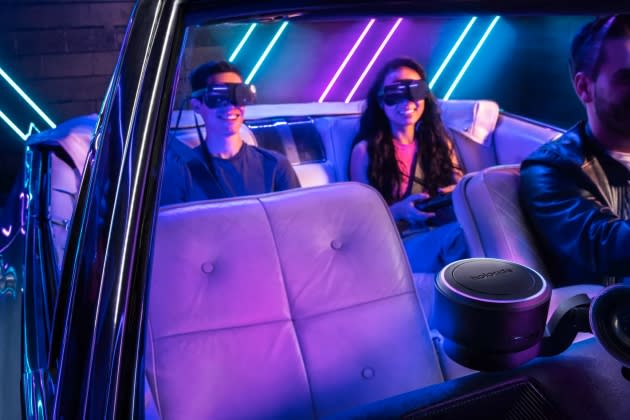
When it comes to gadget trends and futuristic gizmos, it’s hard to beat the gonzo spectacular of CES in Las Vegas. A little tour of the future tech featured everything from the genuinely useful to the bizarre, all of which are either available or will be soon.
Anyone who has ever looked at an eating utensil and thought, “That could really use some Bluetooth,” will find satisfaction with SpoonTEK, an aptly named device that promises to amp up flavor and mute any aftertastes. Not sure the dish fits your keto, paleo, vegan or other diet? Give it a quick check with software and a mobile camera, so computer vision can identify ingredients and nutritional profiles. Dive in or choose something else — like a 3D-printed meatless burger. When ready, pair that with a cocktail slung by a robotic bartender.
More from WWD
The robot revolution has clearly begun. When they’re not showing off their mixology smarts, the machines are marching around airports to deliver products or offering companionship via mechanized canines. Of course, tech offers something for actual dogs, too — FluentPet’s clever starter kit gives them a way to talk to their humans by pressing buttons.
But even the best of intentions can get a little creepy — like with a fragmented display array that tries to give video calls more “presence.” Cue the nightmares.
For some distraction, other kinds of displays await at home and on the go. People who find 80-inch televisions to be puny can let their eyeballs swim in LG Electronics’ new 97-inch OLED TV. If Harman Kardon’s Ready Vision augmented reality heads-up display is any indication, the primary spot in a vehicle will become more like a cockpit than a driver’s seat — at least until self-driving cars get underway. Until then, at least parents can feel like they’re stepping into the future with a self-driving stroller.
Here, a few other tech developments to ponder.
Holoride’s In-car Virtual Reality
VR can set off motion sickness in the living room, so the thought of using the eye-boggling tech inside a moving car sounds like a particularly toxic brew. Munich-based Holoride knows that all too well, so it developed a clever approach so road trippers can play games, watch movies or check their feeds without fear of growing queasy. The key is the software’s ability to translate the car’s physical movement inside the virtual experience, where it manifests as, say, a flight, swim or other travel.
That may or may not be important today, but it could be really interesting tomorrow or whenever it is that self-driving cars become a thing. Because if people don’t have to drive, they’ll probably look for all sorts of entertainment, productivity and commerce activities. That’s surely what Holoride’s advisers — which include experts from Oculus VR (now Meta), the Marvel “Avengers” franchise and Hyperloop TT, among others — have been telling the developer. So it makes sense that the Audi-only solution opened up for use in any car.
Paula Abdul’s IdolEyes Audio Glasses

Connected eyewear hasn’t caught on yet, but plenty of contenders hit CES hoping to change that. Among them, Paula Abdul’s IdolEyes stood out — though not always for the best reasons. As Wayfarer sunglasses, they look stylish enough. But as a music playback device, critics were less impressed with the mediocre sound quality and flimsy hinges. Then rapper Tommie Lee jumped in to accuse the singer, dancer and reality competition judge of ripping off her idea.
When the most excitement around a new gadget is not the product or its tech, but the drama surrounding it, that’s probably not a good sign.
AirGo3 Spatial Audio Glasses
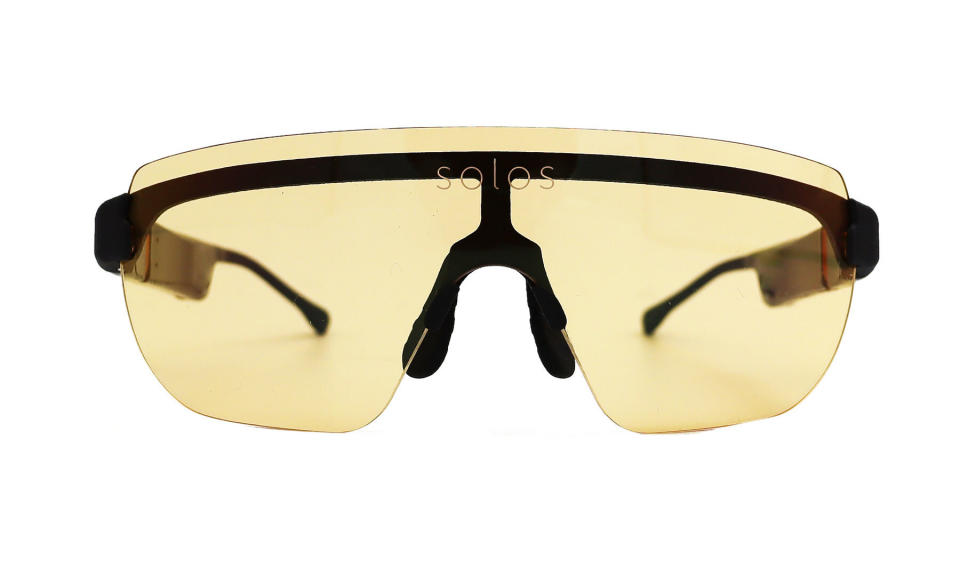
For tech glasses that made a splash for all the right reasons, gadget reviewers point to examples like the AirGo3, the third-generation wearable from smart glasses company Solos. The 360-degree spatial audio can make wearers feel like they’re really there, with the sort of directional realism that only spatial audio can offer. Some savvy choices went into this product — the latest version features a “smart hinge” that allows for personalized front frame styles, and an IP67 waterproof rating means that a sprinkle of rain won’t short out the device. The pro version features an open-ear design with situational awareness, and its WhisperPro tech removes ambient noise and allows echo feedback that dials into particular audio signals.
Airxôm Face Mask
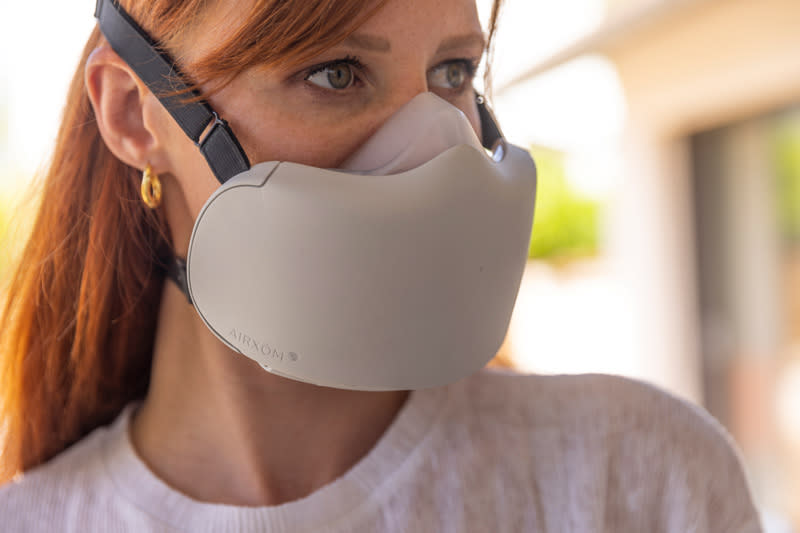
This one may be the device that everyone kind of hopes never takes off — not because Airxôm’s face mask isn’t worthy tech, but out of a collective desire to leave the pandemic era firmly in the past. But the world isn’t there yet and even then, there probably will always be another crisis looming. Enter Airxôm, which developed a mask that can kill viruses and bacteria on contact in multiple ways, with layers using metal nanoparticles, photocatalytics and other tech. If wearing a regular mask is like pointing a bullet at a virus, this is like aiming a bazooka at it.
Evie Smart Ring for Women
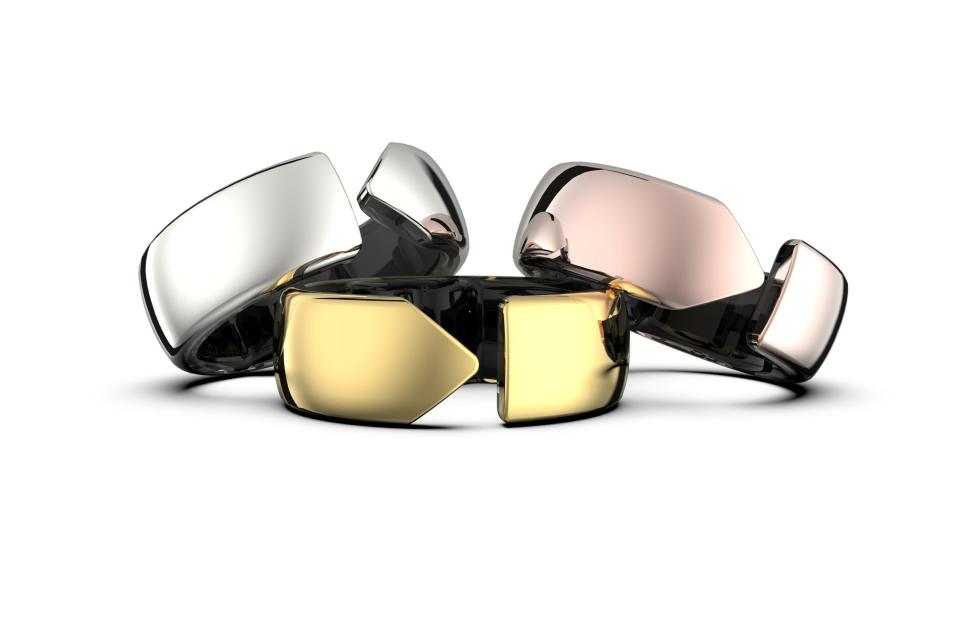
People interested in wearing their technology have an embarrassment of riches today, and they don’t have to look like a cyborg just to get useful features. Take the Evie Ring, for instance. If Elsa Peretti designed the Oura ring, it might look something like this.
Movano Health created Evie for women with tracking for steps, sleep, oxygen, menstruation and ovulation, heart rate, even mood. The goal isn’t just to record what women are feeling, but pinpoint why they feel that way and offer advice based on the metrics. That’s not just marketing fluff, but it’s apparently legit, with Movano planning to apply for FDA approval as an actual health device.
SavorEat Robotic Meatless Burger Printer
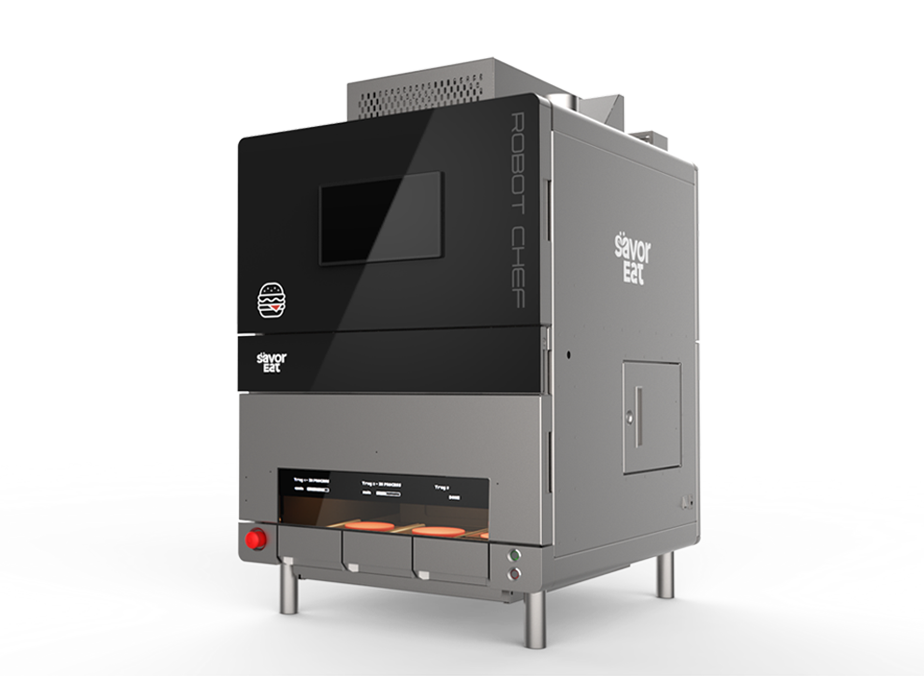
This might be the closest thing to a “Star Trek” replicator: SavorEat can conjure meatless burgers in about six minutes, thanks to its proprietary 3D printing technology. The ordering system lets people customize their food, from the size of the patties and doneness of the cook, down to the amount of protein versus fat.
This type of technology has real implications for addressing hunger, at least it might someday. For now, SavorEat can only print three burgers at a time, so it’s not quite ready for enterprises or organizations. But until it is, the machine should be able to keep one gadget-appreciating family happily fed.

Best of WWD

